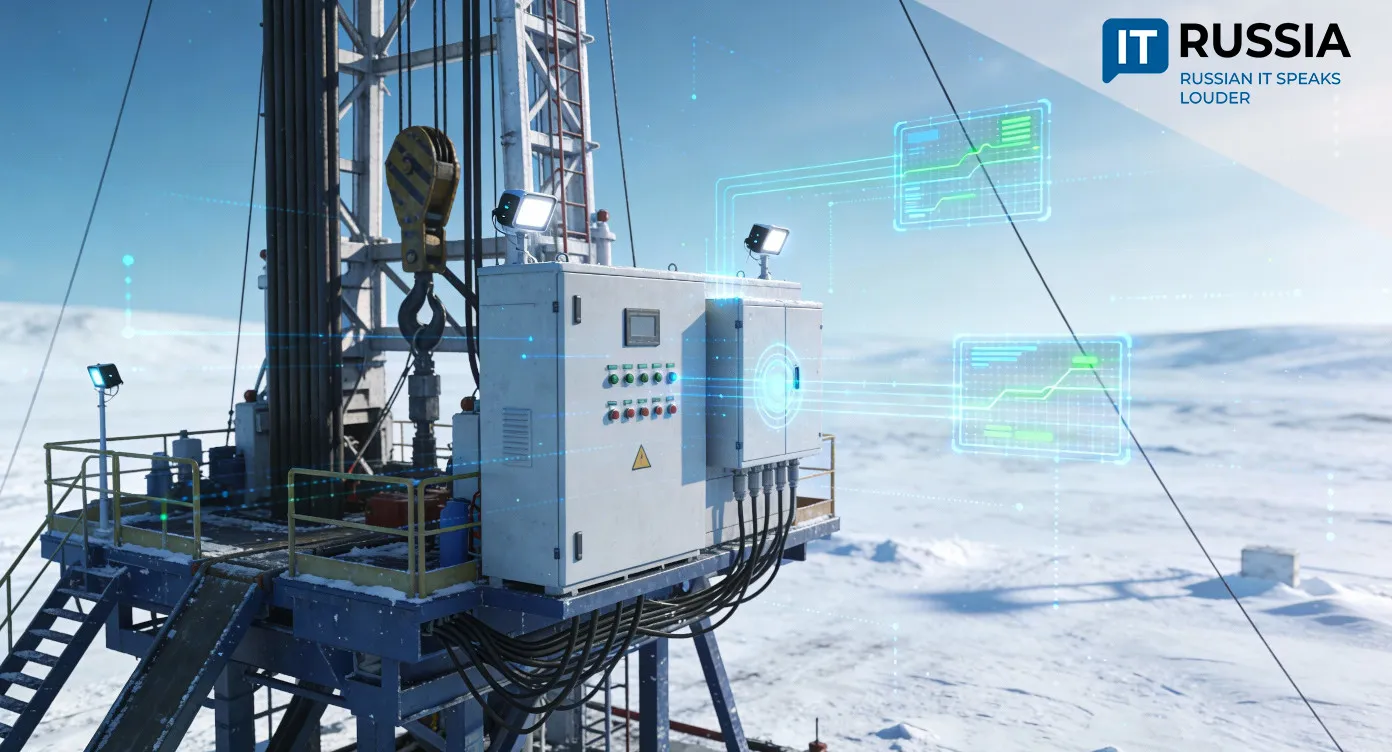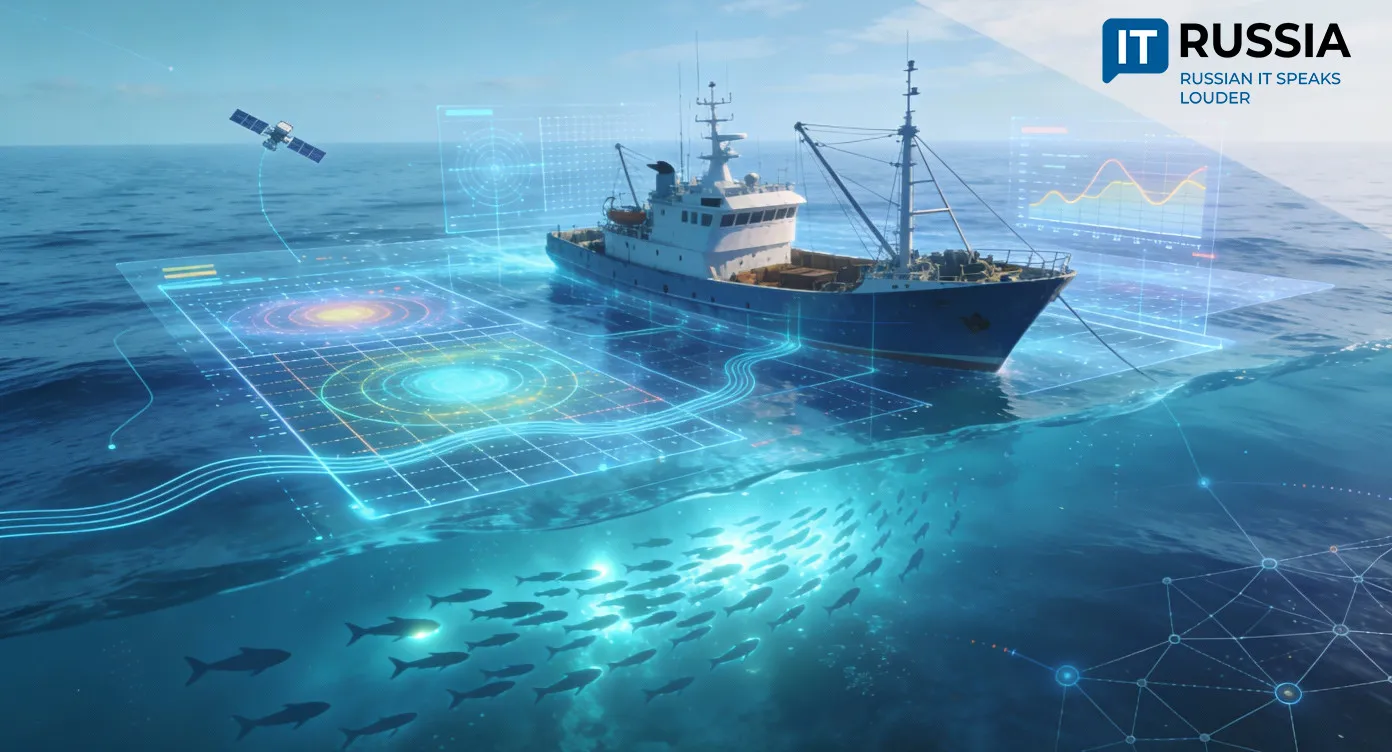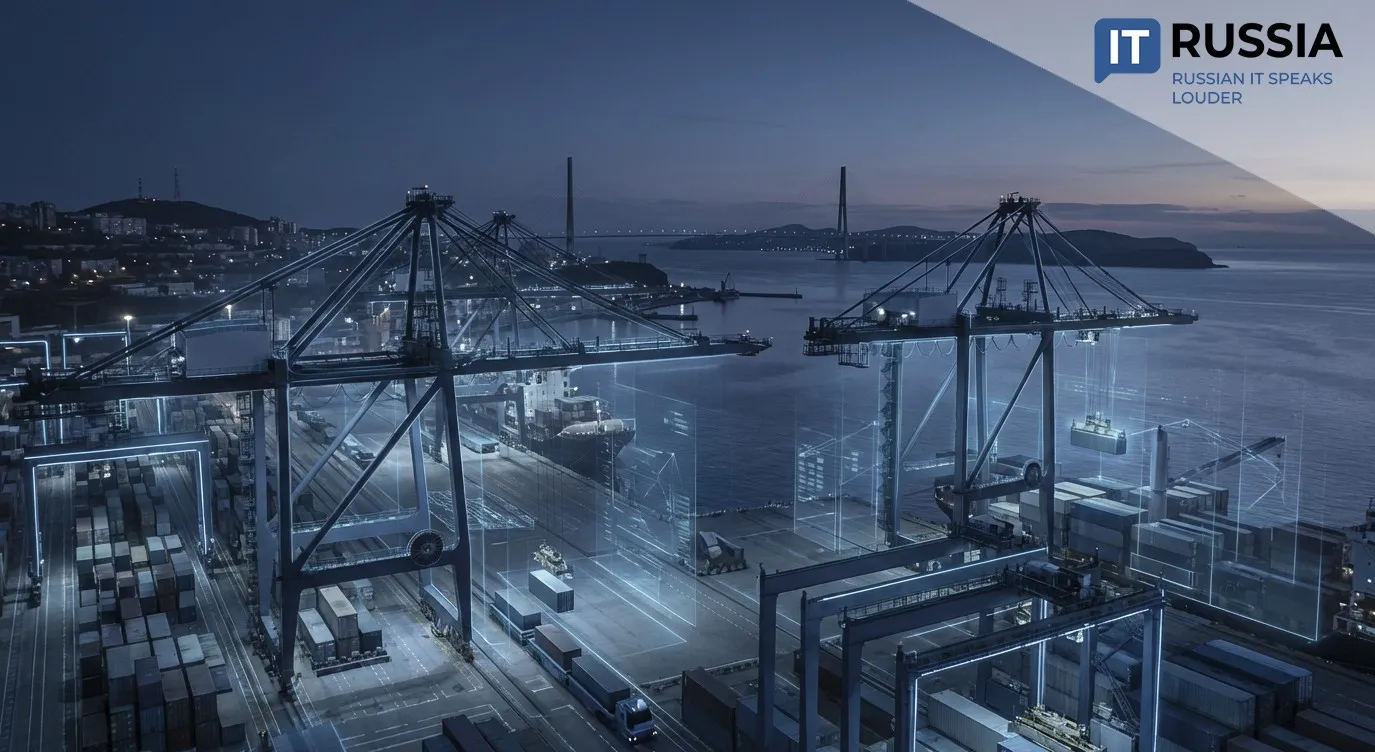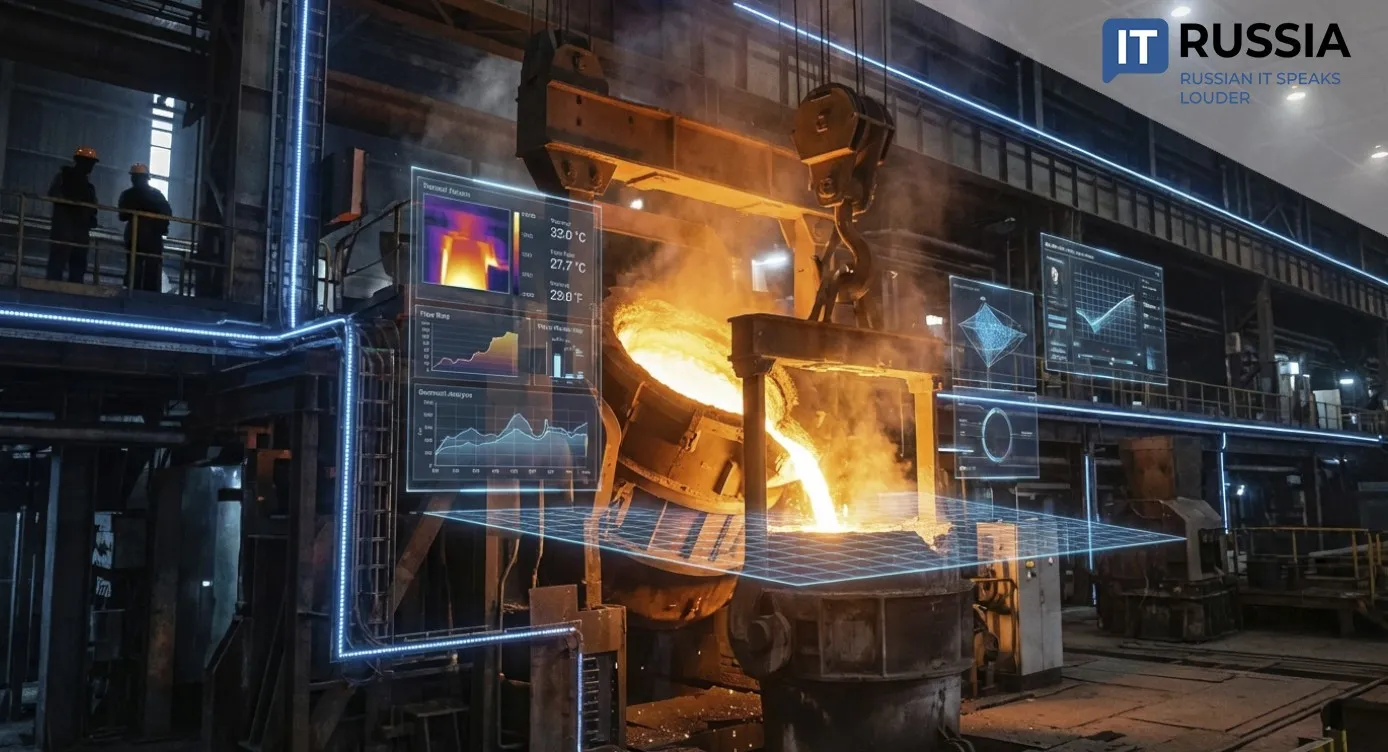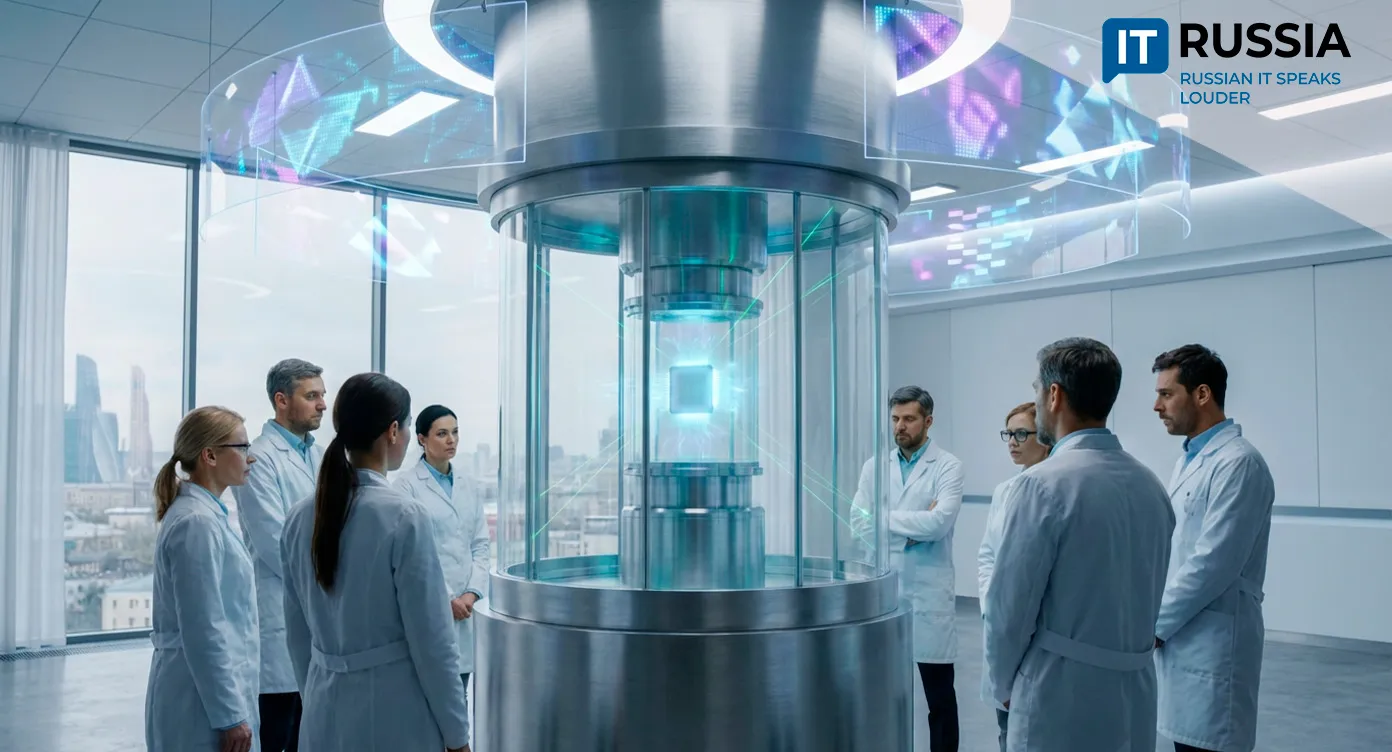Cleaning the Ocean: Sakhalin Scientists Map Underwater Landfills with Autonomous Boats
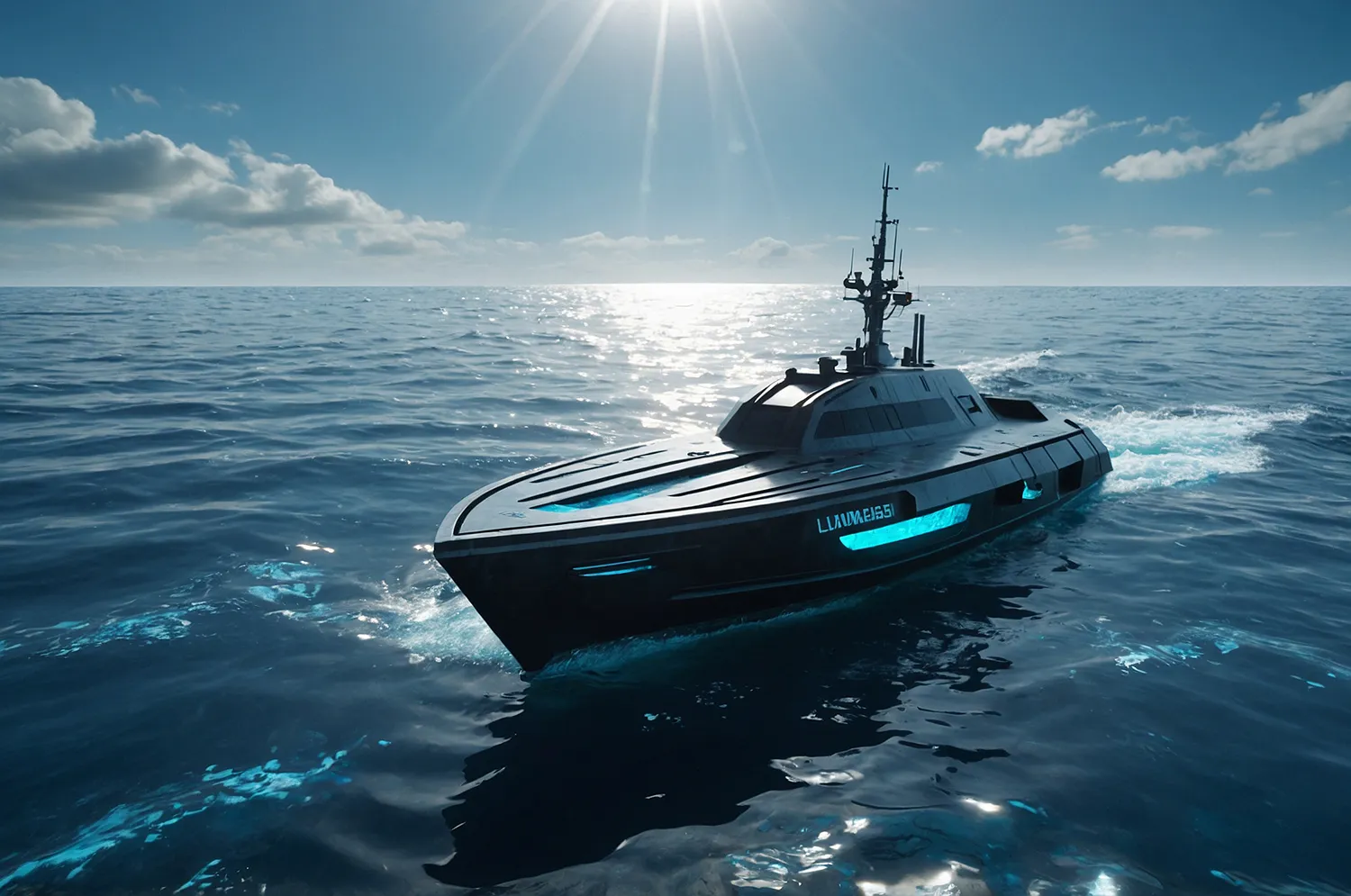
An ambitious new project in Russia’s Far East is using marine drones to scan the ocean floor and locate illegal underwater dumping sites—paving the way for smarter cleanup and regional robotics innovation.
Technology Meets Ecology
The Sakhalin region has long relied on aerial drones to detect illegal waste sites. Since 2019, more than 8,000 such locations have been found and removed. In 2024 alone, drones scanned roughly 500 square kilometers and identified 868 illegal dumping zones—of which over 170 have already been cleared.
Now, the fight against aquatic pollution is expanding into the ocean. Researchers have begun using unmanned surface vehicles (USVs) to scan underwater zones, beginning with the Aniva Bay. The boats can operate at depths up to 100 meters and capture detailed imagery of the seabed. Equipped with onboard AI, the vessels identify waste materials, suggest optimal removal strategies, and document environmental hazards.
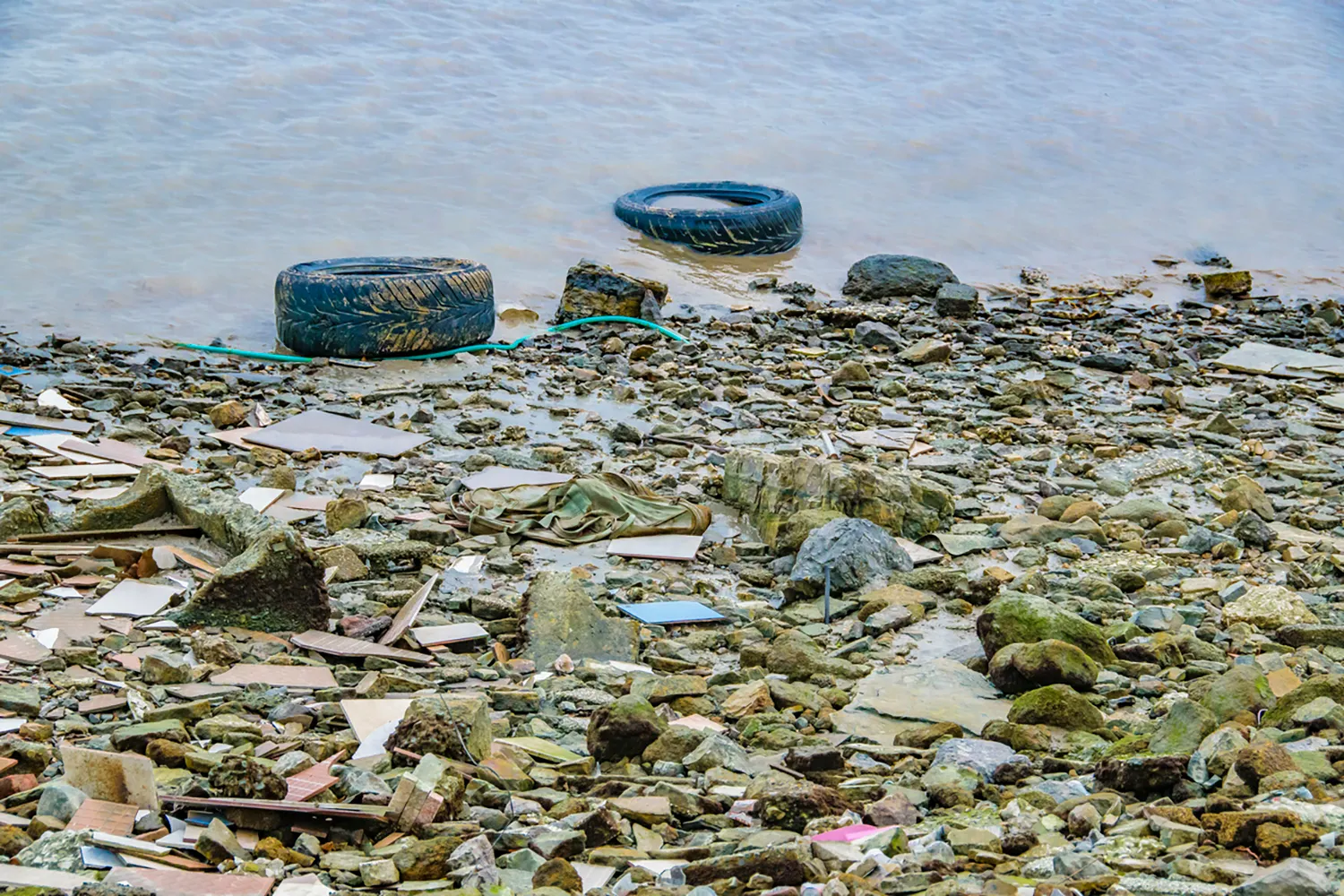
Air and Sea, Working Together
The new marine drones work in tandem with their aerial counterparts. While the former capture real-time visuals from underwater, the latter monitor surface and terrestrial conditions. Combined, they create a digital twin of the surveyed area, providing a detailed 3D model of the pollution landscape.
Developed by engineers in St. Petersburg, these autonomous systems not only locate pollutants but analyze their composition, estimate volume, and recommend disposal techniques. All data collected feeds into Sakhalin’s regional geographic information system (GeoIS), streamlining cleanup and enforcement.
In response to the growing environmental urgency, the regional governor reduced the cleanup window from 30 days to just 7—signaling a firm commitment to rapid environmental action.
Cleaning as an Exportable Solution
Sakhalin’s approach has global implications. With over 3 million tons of plastic already polluting the world’s oceans, countries everywhere are grappling with marine waste. A scalable, drone-based solution could transform coastal environmental strategies worldwide.
By integrating robotics, AI, and local manufacturing, the project promises new jobs for engineers, ecologists, and drone operators. The initiative also supports Russia’s national 'Environmental Wellbeing' project, launched under President Vladimir Putin’s leadership.

A Blueprint for Ocean Tech Development
Sakhalin is fast becoming a leader in aerial drone adoption, and is now extending its reach beneath the waves. The region plans to localize the production of marine drones, potentially making it a hub for oceanic robotics.
Future developments include predictive AI for waste formation and global market expansion—particularly in the Arctic, Southeast Asia, and Africa. By 2026–2027, a full-fledged marine robotics cluster could be in place, offering Russia a new export-ready, high-tech solution to environmental challenges.





